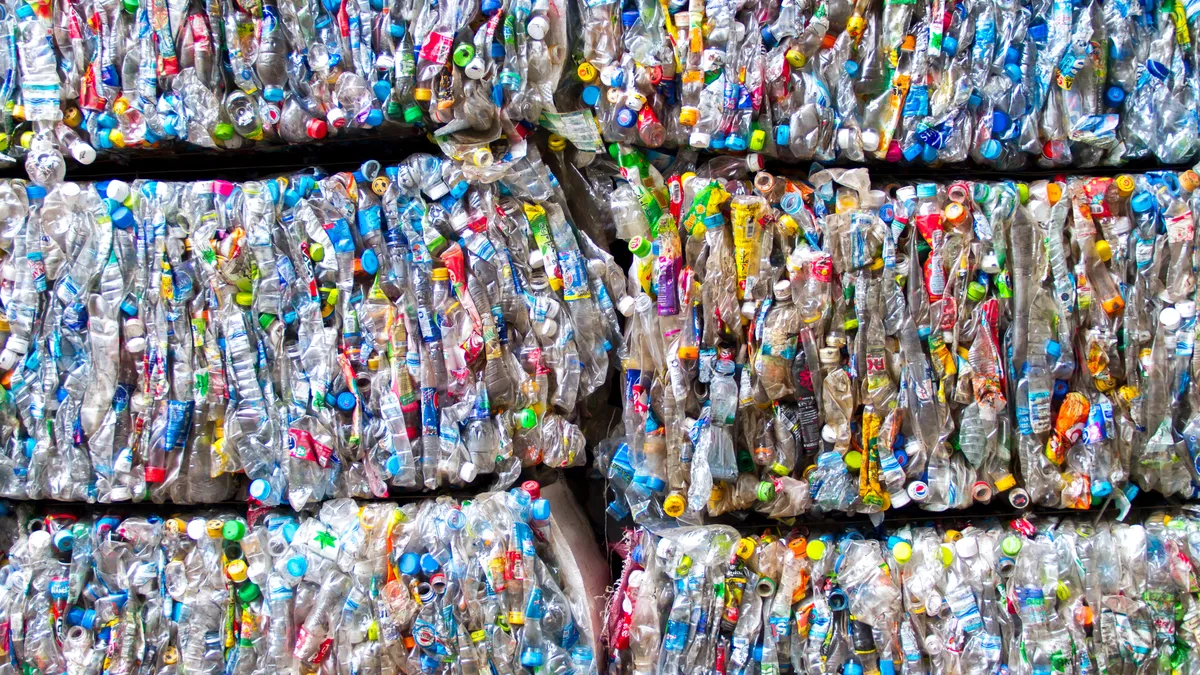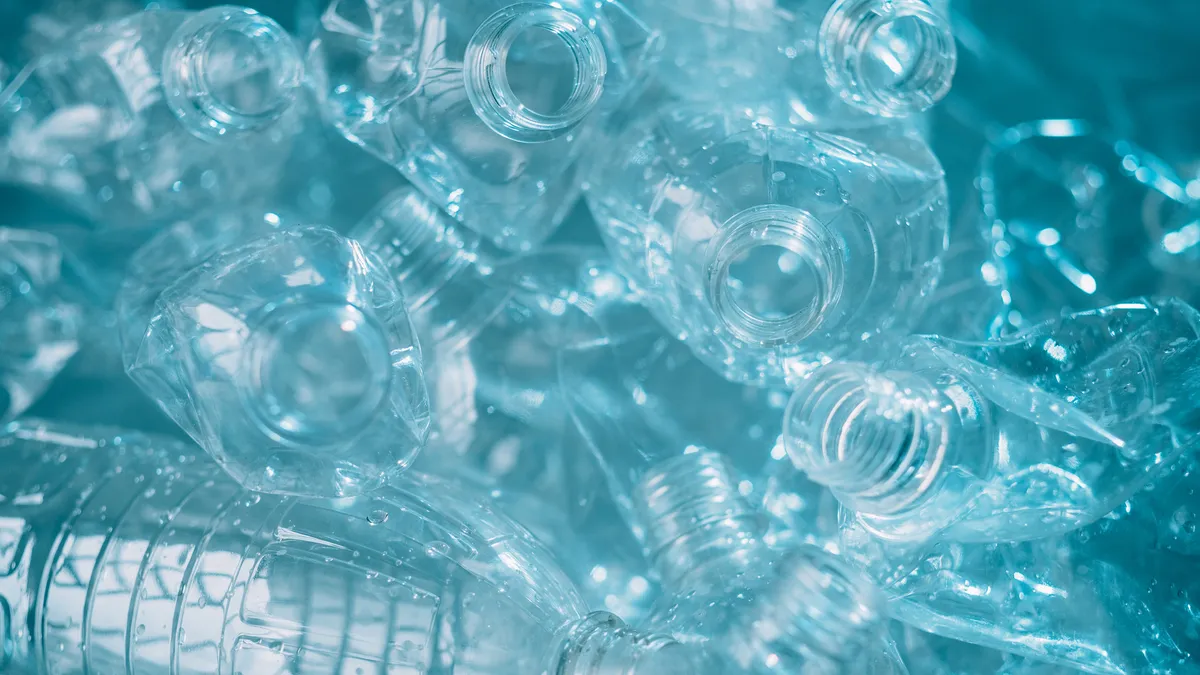Recycling innovators at the REMADE conference in Washington, D.C., last week envisioned a future where recycling is easier, cheaper and more efficient — and proposed ideas for how to get there.
The conference, April 10-11, aimed to present the latest research and technology for accelerating the U.S.’s circular economy transition. REMADE is a national institute, established by the U.S. Department of Energy, that partners with academia, trade groups and national laboratories with the goal of creating circular economy jobs and increasing supplies of recycled materials.
Keynote speaker Ellen MacArthur, whose foundation has led initiatives such as the U.S. Plastics Pact, said business innovation is critical to alleviating global challenges such as accumulative and persistent pollution, climate change and biodiversity loss.
“Through numerous studies, we've shown the transition to a circular economy not only stimulates innovation, creates new forms of economic value and reduces dependencies on raw materials, but also shows that circular economic models can also contribute to competitiveness and resilience,” she said.
Researchers and presenters discussed new ideas for managing waste and recycling, including major overhauls of local recycling systems.
Robert Watson, principal at Upland Road, pitched the SMART center, a materials processing and manufacturing campus he said could convert 90% of municipal solid waste to “productive use” by co-locating proprietary separation systems with other features, like manufacturing facilities and research centers.
Watson, who helped launch several sustainability standards, such as SWEEP and LEED, pushed back against the idea that the proposed SMART center is a “dirty MRF 2.0.” The system could have 60 to 70 different sorting technologies, and multiple manufacturing and conversion options, capable of sorting up to 2,400 tons a day of municipal solid waste into multiple streams for recycling, composting, reuse and other applications, he said.
Upland Road, the SMART center developer, is in the process of identifying locations for up to five centers, which could come online in a few years, once site selection and funding come together, Watson said.
The idea is to extend the life of existing landfills and minimize waste incineration, but “we need a fundamental systems change” to make that happen, he said.
Other innovators are looking at the much smaller scale to improve recycling access. Mario Urdaneta, CEO of MicroRecycling Systems, said he and other researchers are working on an integrated “load and forget” recycling system meant to sort and process durable goods that are hard to recycle, like personal electronics or the humble office stapler.
The recycling system, which Urdaneta envisions could be as small as a Dumpster, would sort and identify plastics, metals and other materials and would be easier and more straightforward to operate than traditional MRF setups. The final product could be ready in five to 10 years, he said.
Though technologies like Urdaneta’s are in the early stages, other researchers are working on projects they hope can have more near-term applications.
Improving optical sorters’ plastics recognition can improve recycling throughputs, said Vaishali Maheshkar, a Ph.D. student at the University of Buffalo. She worked with a research team focused on how to improve recognition when items are mangled, dirty or made with darker dyes — characteristics that are harder to detect with near-infrared or visible light wavelengths, she said.
Other researchers discussed bench-scale and pilot-scale projects meant to improve myriad chemical recycling processes. Such research aims to make those processes more efficient and more environmentally friendly, they said.
Ezra Bar-Ziv, an engineering professor at Michigan Technological University, presented research on a pilot-scale chemical recycling method that uses solvents to extract polypropylene. The project, a partnership with Braskem and the University of Wisconsin-Madison, is partly funded by a grant from REMADE. The goal, Bar-Ziv said, is to improve on other solvent-based chemical recycling technologies on the market, making the field more competitive and efficient.
DOE officials at the event touted other government-funded projects meant to advance circular economy goals. The agency sees recycling and reuse innovations as key to securing domestic supply chains for critical materials and positioning the U.S. as a competitive manufacturing country, officials said.
“We need tech solutions that are cost-competitive and make good business sense for manufacturers across the country,” said Carolyn Snyder, deputy assistant secretary for buildings and industry at the DOE.
Snyder highlighted projects like the Re-X Before Recycling prize, which will award up to $5.6 million in federal funding and technical assistance for projects that can reintegrate end-of-life materials back into the economy before recycling. It’s among the sustainability efforts DOE has funded recently, along with a separate $4 million e-scrap recycling competition with a similar innovation goal.
Academics, innovators, private industry and government agencies must work together to transform ideas into workable circular economy solutions, Snyder said.
“It's vital that we design for circularity from the beginning. We need to develop strategies that maximize the useful life of the technologies and materials that are already in our economy. And each of you here today is invaluable as part of that collective effort to increase the circularity,” she said.
This story first appeared in the Waste Dive: Recycling newsletter. Sign up for the weekly emails here.























